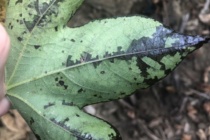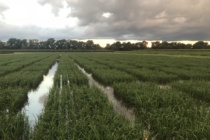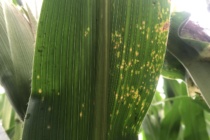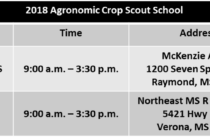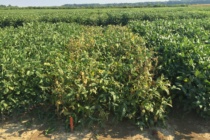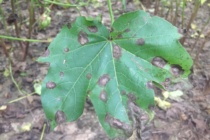👤Tom Allen, Extension Plant Pathologist
🕔08:44, 27.Oct 2018
Seed quality issues remain an important topic. Over the two weeks, portions of the MSU OVT that remained in the field post-harvest were harvested to consider quality differences between varieties. Purple seed stain as well as total damage, as a result of purple seed stain, Phomopsis seed decay and other issues that result in discoloration of soybean grain, were evaluated for the MG IV early and late and MG V early and late entries (n=133) in the Stoneville, MS loam OVT location.
Read Full Article▸






